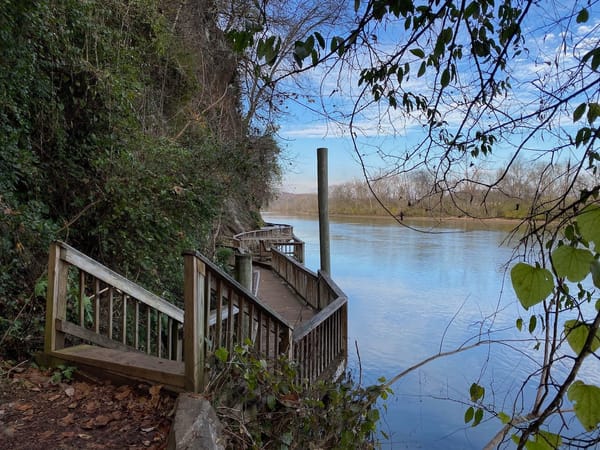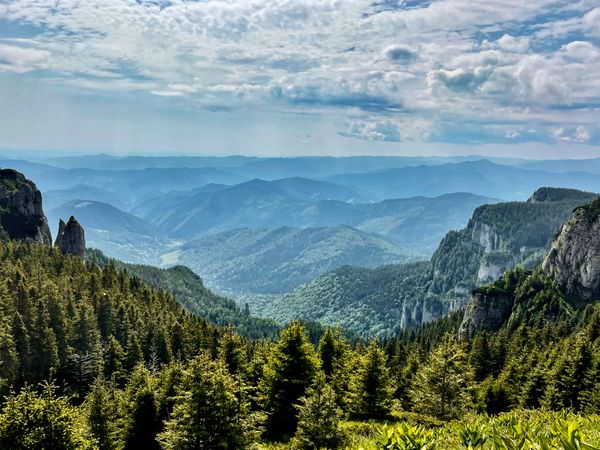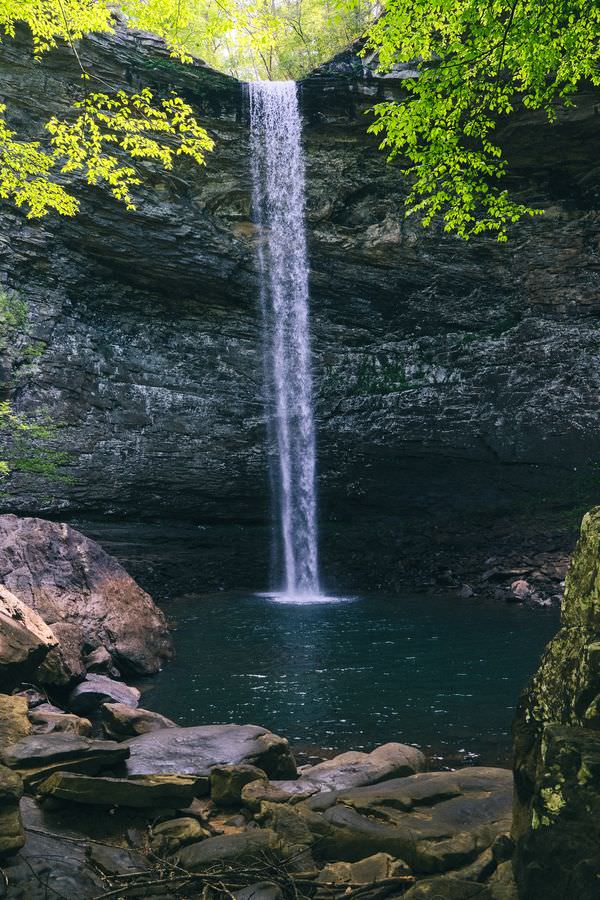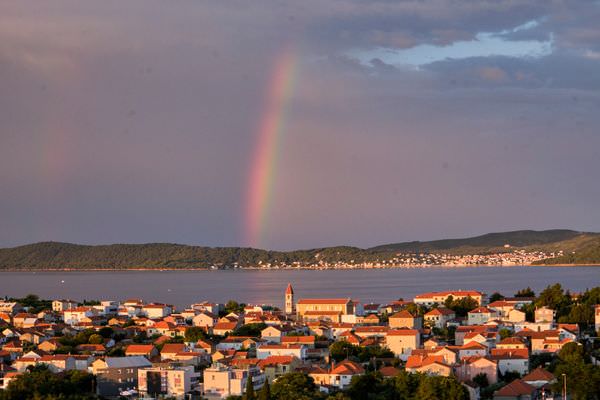Poienari Castle
Three first impressions of the Poienari Castle, Romania by Anna, the mom and her two boys, Mihai (13) and Paul (10).
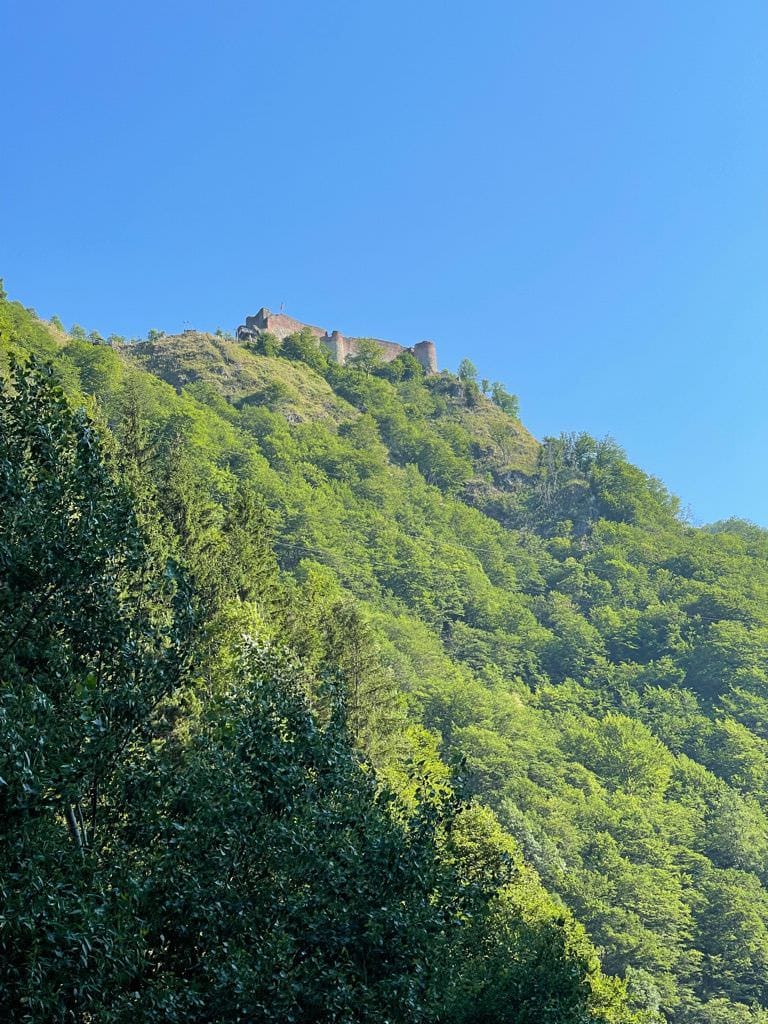
Anna, the mom
Poienari Castle, in Argeș County, Romania is the ruins of a medieval royal residence/fortress of the infamous Vlad The Impaler. Construction of the castle started in the XIIIth century. It was first mentioned in the year 1453. It was besieged only once, in the year 1462 by the Ottomans. Vlad Țepeș fled the castle during the siege and escaped the Turks to his allies but was later was betrayed by them.
It is believed that the isolated fortress, perched away from commercial routes, had been used as a refuge, a prison for enemies or a place to keep safe the treasury of the country.
In the 1915 earthquake in the area, the northern wall of the Castle collapsed into the Argeș River.
The hike up on the hill towards the Castle is tiring and can curb the enthusiasm and the drive to visit the attraction. But beside the old walls of the castle that are interesting to explore although not so amazing, the view from the top of the hill is breathtaking. I thought it was worth the sweat of the climb and the small price of the ticket.
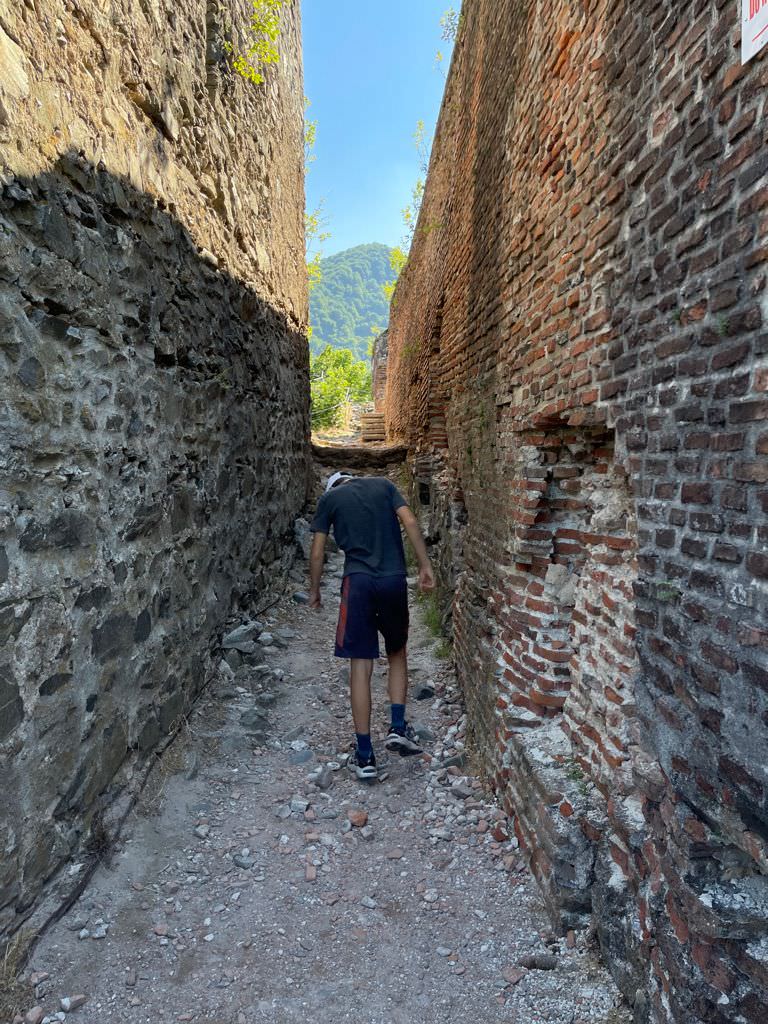
Mihai, 13
Poienari Castle is a small fortress on top of a very tall hill.
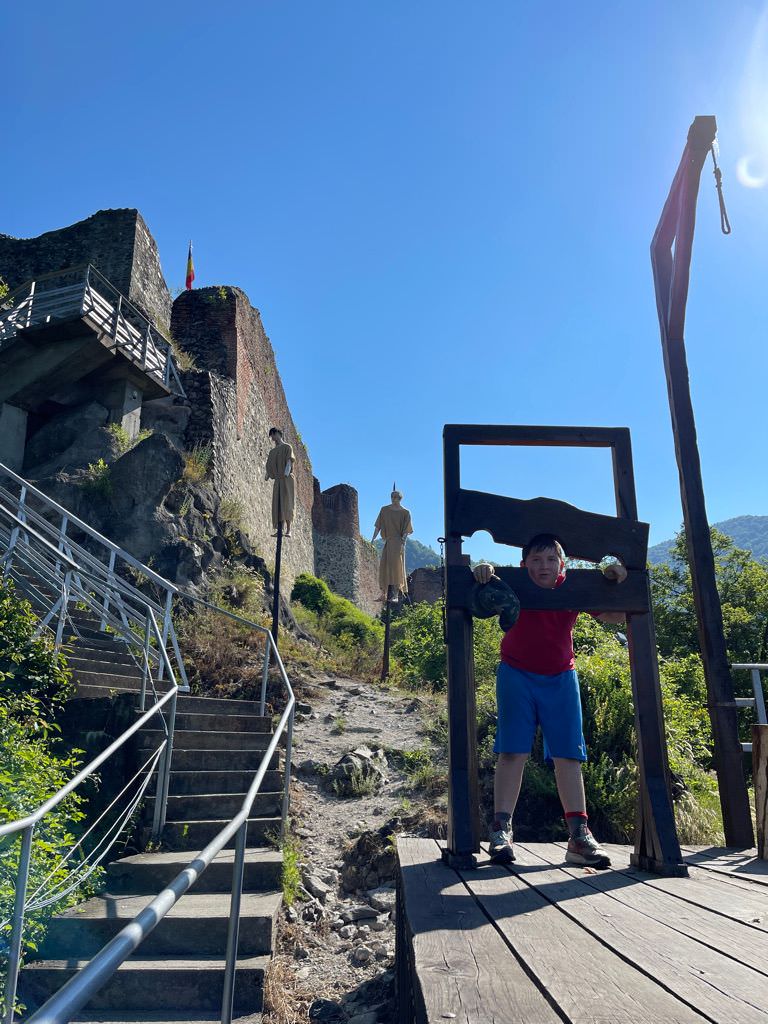
The only way to get up to the ancient fort is by climbing a whopping 1,480 stairs. Imagine the despair of the soldiers who had to climb up the steep mountainside, carrying armour and luggage to get to the fort on top of the hill.
There were a few shortcuts to skip some stairs, and I took them promptly.
When we got to the top of the hill, we entered the fortress itself.
A few more stairs were leading to a large collection of medieval execution devices, like the spikes of sadness, a tree stump with an ax in it, and the ever-present gallows, that transform all gloomy fortresses into cheerful, criminal-less establishments.
After that cheery sight (check to see if your head is still attached), we went to the drawbridge. Unfortunately, the former drawbridge is now gone, so a flight of stairs leads into the castle.
A few minutes later, we came to an overlook, where we could see a huge bridge in the distance.
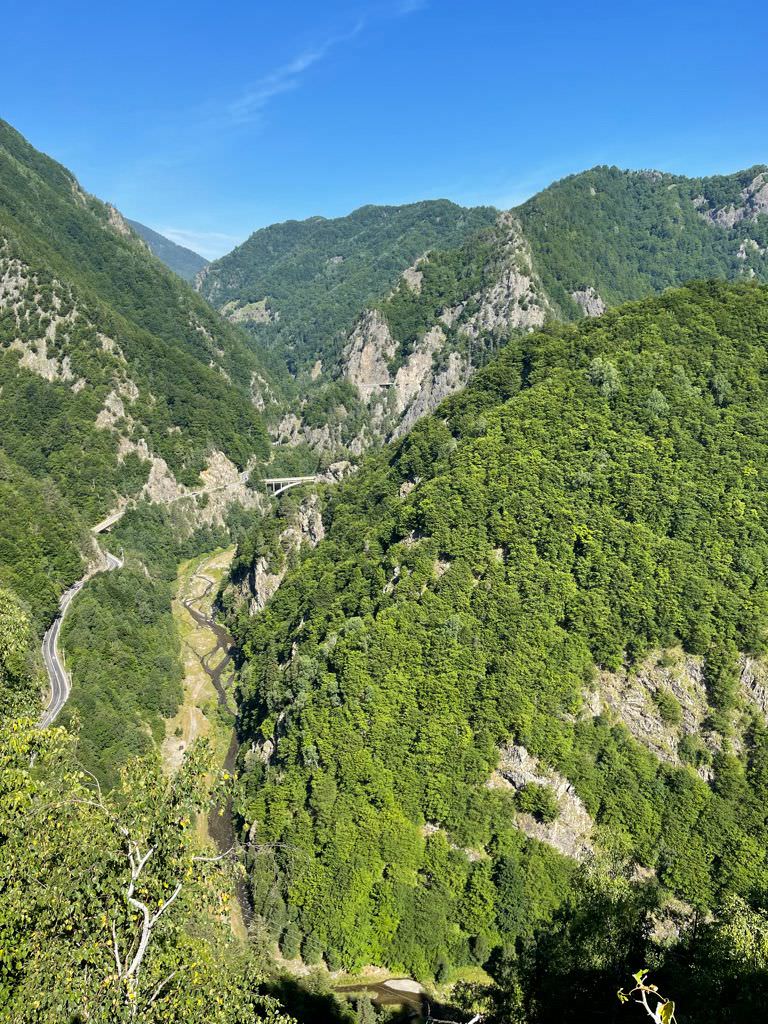
After we explored some more bastions and saw a huge tower (some of the wooden beams that were holding the floors up were still intact), we went back to the car.
Poienari Castle is:
The execution devices in front of the fort.
The smell and taste of the smoked cheese that we got on the road there.
The sound of birds singing in the trees (it was morning when we got there).
The roughly cut stones on the wall.
I would go back in autumn to see how the scenery looks like in that season.
Paul, 10
The hike to the castle took about one to one and a half hours of stair climbing; doing this was very painful to my legs. In all, the number of stairs that we climbed was approximately 1,480.
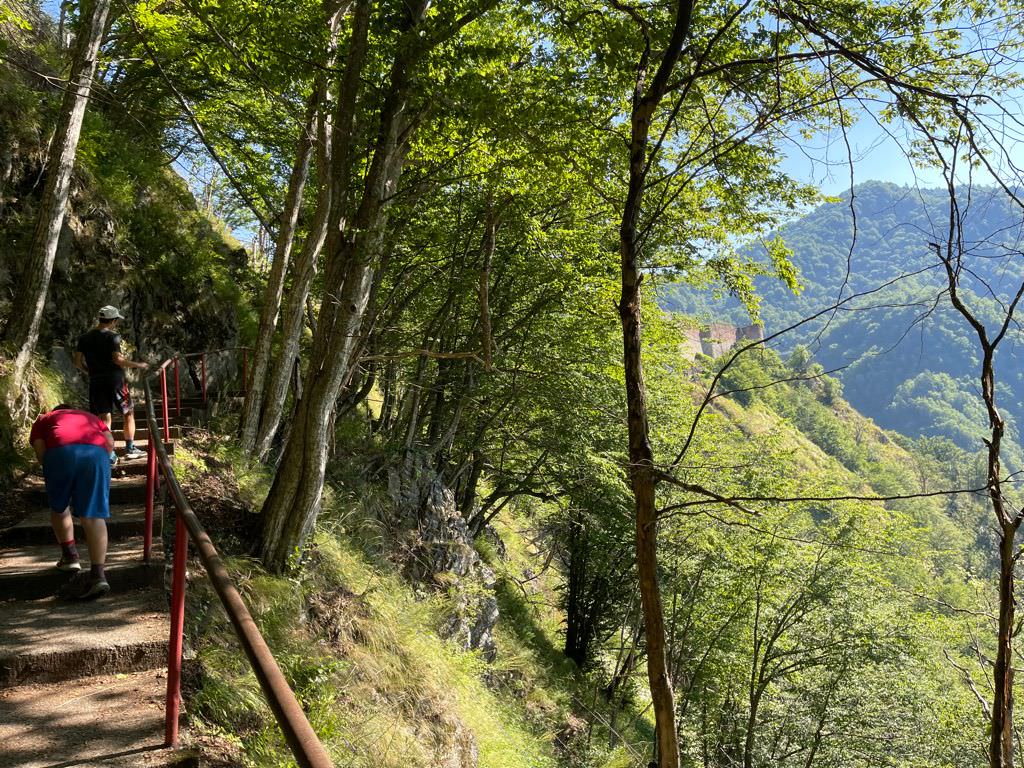
The first thing I saw in front of the castle were two stakes that held two mannequins that showed what a person who was impaled looked like. This demonstration showed what Vlad Tepes (the Impaler) did to his enemies, the Turks, I felt creeped out by the sight.
When I entered the actual ruin I could not believe that this small structure could be used as a defence against the Turkish army.
The hike was worth it, from up on the castle you could see miles away, it was breathtaking.
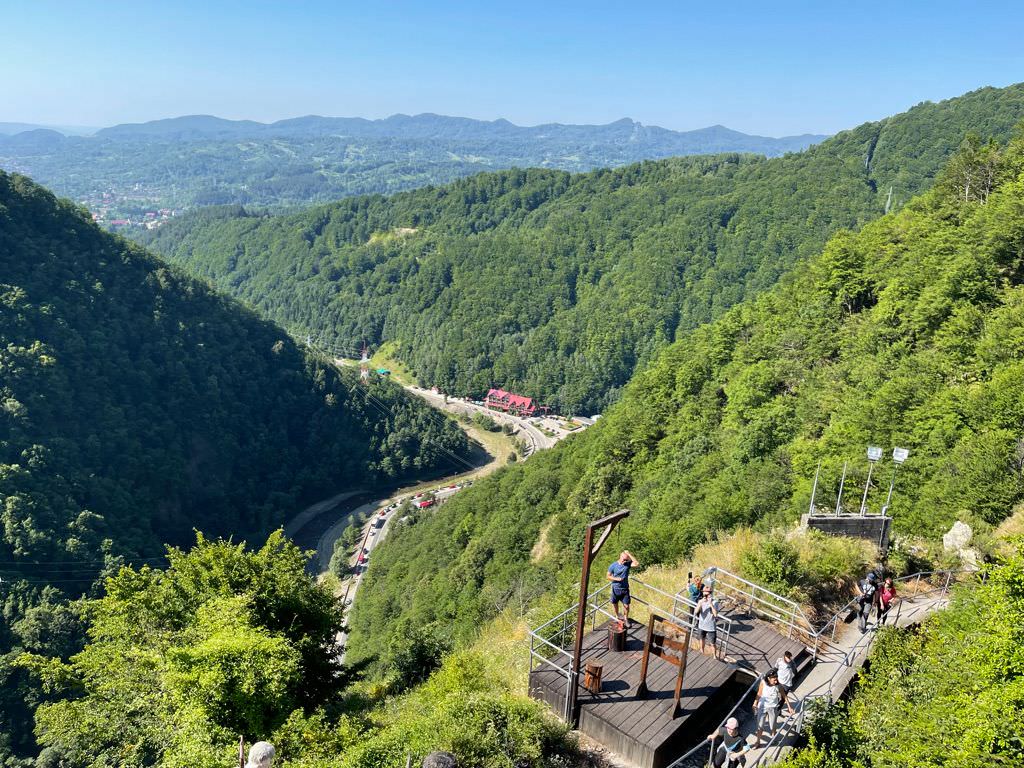
Poienari Fortress is for me:
The smell and taste of sweat dripping from my brow as I climbed the winding stair.
The sight of impaled mannequins on sharp stakes.
The sound of grunting people who are trying to get up the stairs.
Touching the stones and bricks that made up the walls.
I would not go again because of the long stairway that is very difficult to clamber over.




